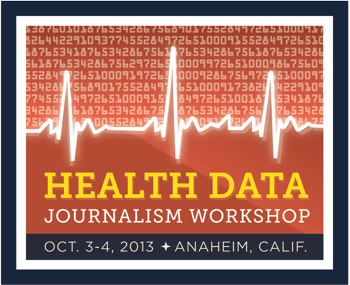Illustrating an abstract concept or data through personal narrative is a proven approach to connecting with your readers. An article in the June 4 Cape Cod Times looks at the issue of Alzheimer’s caregiver burnout through the eyes of a patient’s spouse. How many readers will immediately say “that’s me,” or “that’s my mother/friend/cousin/neighbor”?
The article cites the recent RAND study on Alzheimer’s (previously covered in this blog post) and figures from the Alzheimer’s Association local chapter.
Big numbers can be difficult for readers (and sometimes reporters) to grasp; taking it down to the individual level helps everyone relate to the situation and get their arms around the concept.
There is other supporting evidence about caregiver fatigue that is not included, for example, the AARP report on caregiver stress and isolation, presented as part a of session on older adult health at Health Journalism 2013. Perhaps it was omitted because of space considerations or perhaps the reporter or editor thought it was unnecessary.
Using data in a feature/lifestyle article like this accomplishes one of two things: it strengthens the main thesis through concurring documentation or muddies the story because statistics are randomly thrown in. Finding the balance between the two can be challenging. So consider:
- Is this story hard or soft news or even news at all?
- What is the main point of the story?
- Does this data support the nut graf? Or am I putting it in to:
a) impress my editor
b) impress my readers
c) fill up empty space or meet a word count - If a reader knows nothing about this topic would these numbers help or hinder her/his understanding?
- Can I tell this another way?
- If I add it will something else need to be cut?
Reporters — even seasoned ones — sometimes need to take a step back and reconsider their audiences. It’s easy to write for ourselves, our editors, our colleagues, especially on deadline. Remembering what’s foremost on your readers/listeners/viewers minds takes some additional thought and time. Take a breath, then tell the story that matters most to them.
 Want to learn more about how to use data in your reporting?
Want to learn more about how to use data in your reporting?
Sign up for the Health Data Workshop, Oct. 3 & 4 in Anaheim, Calif. Journalists are invited to tap into health data in a special workshop coming this fall. This AHCJ workshop, in Anaheim, Calif., offers something for data newcomers and veterans – from spreadsheet basics to visualizing data online. You’ll come away with skills and ideas on teasing stories out of datasets and tools on presenting these stories.









